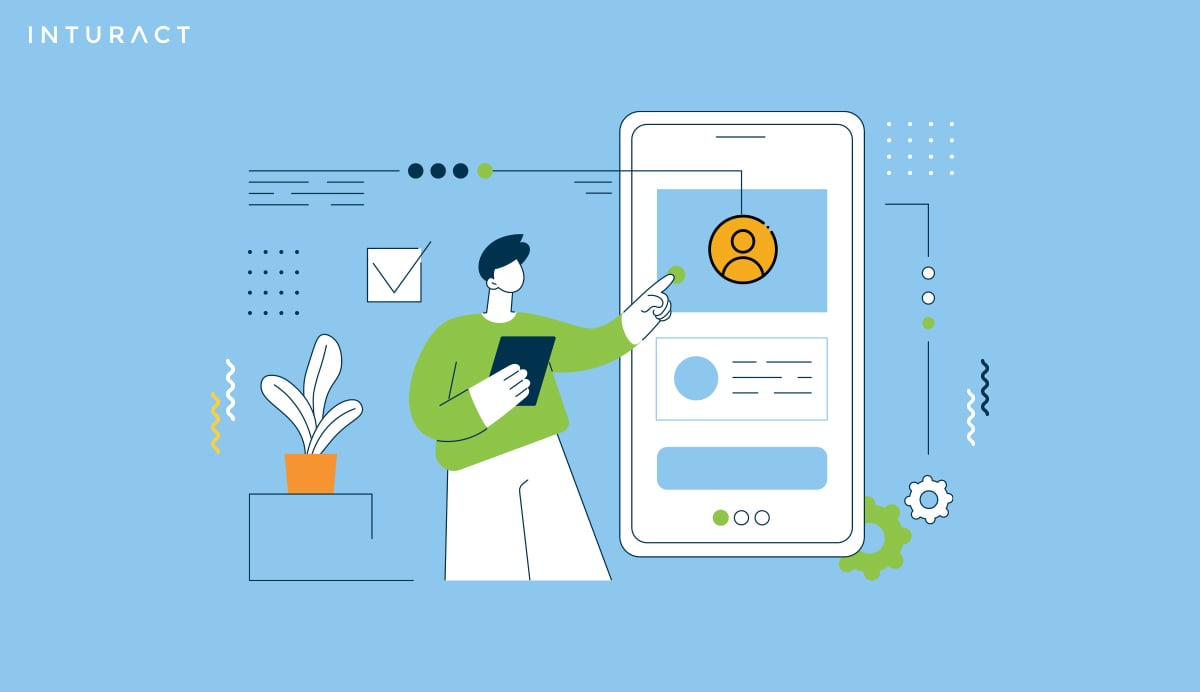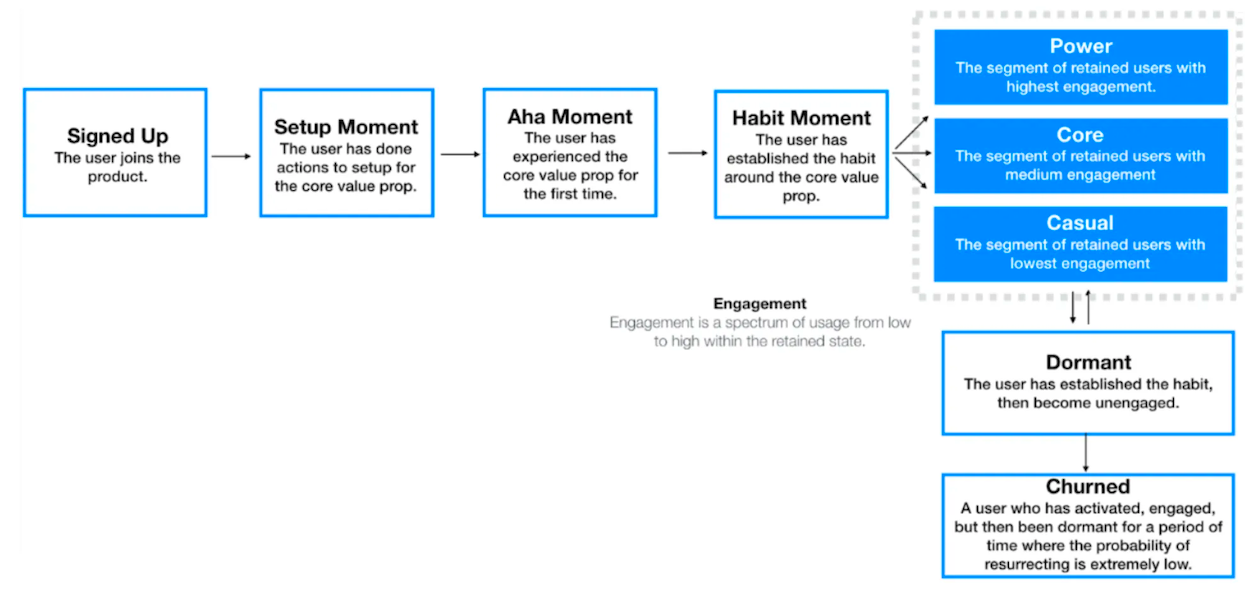Initiating the process of integrating a user onboarding sequence with Intercom often comes with high expectations of transforming user engagement and satisfaction. At this crucial stage, it’s understandable to encounter doubts. Thoughts such as, “Is the setup too intricate for our team?” or “How can I guarantee that our users feel genuinely supported from the start?” may surface, reflecting common concerns.
This article aims to replace these uncertainties with a clear vision by emphasizing the significance of placing users at the heart of your strategy, showcasing Intercom’s versatility to meet diverse user needs, and outlining the clear advantages of a thoughtfully planned onboarding experience.
Adopting the correct strategy, utilizing the appropriate tools, and maintaining a focused mindset can lead to crafting an onboarding journey that is both captivating and effective. Achieving a successful user onboarding implementation with Intercom is within reach by following the detailed guidance provided here.
Understand Your App Users
Ensuring a successful user onboarding implementation with Intercom starts with a fundamental step: understanding your users. This initial phase is critical because it lays the groundwork for a personalized onboarding experience that meets users’ specific needs and expectations. To achieve this, there are several key aspects of your users to consider and ways to gain these insights effectively.
Conduct User Interviews
Engage directly with your users through one-on-one interviews. These can be conducted via video calls, phone calls, or even in-person meetings. The goal is to delve into their needs, preferences, pain points, and expectations. Ask open-ended questions that encourage detailed responses, and use Intercom to schedule and follow up on these interviews.
उपयोगकर्ता व्यवहार का विश्लेषण करें
Utilize Intercom’s analytics tools to track and analyze how users interact with your product. Look for patterns in how they navigate your interface, which features they use the most, and where they might be getting stuck. This data provides invaluable insights into user behavior and preferences, allowing you to tailor the onboarding experience accordingly.
Leverage Surveys and Feedback
Create and distribute surveys through Intercom to gather feedback on various aspects of your product and the onboarding experience. Make sure to include questions that are specific enough to provide actionable insights but open-ended enough to allow for a range of responses. Analyzing this feedback will highlight areas for improvement and aspects that users find valuable.
Monitor Customer Support Interactions
Review interactions between users and your customer support team within Intercom. This can provide direct insight into common questions, issues, or areas of confusion among users. Addressing these points in your onboarding process can preemptively solve problems and smooth out the user experience.
By implementing these practical ideas, you can gain a thorough understanding of your users. This understanding is crucial for tailoring the onboarding process in a way that meets users’ needs, addresses their challenges, and ultimately ensures a successful onboarding implementation with Intercom.
Map the User Journey
Mapping the user journey within the context of Intercom for onboarding involves creating a structured, engaging narrative that guides users from their initial sign-up to becoming regular, satisfied users of your product. This journey should be thoughtfully designed to ensure each phase transitions smoothly into the next, fostering a deep understanding and engagement with your product.

स्रोत: reforge.com
The Sign-up
The journey starts with the Welcome Chapter, the sign-up process. This initial interaction is pivotal, setting the stage for the user’s entire experience with your product. Through Intercom, you can craft a sign-up experience that’s not only simple but also personalized. Utilize Intercom’s ability to segment users to deliver customized welcome messages that resonate on a personal level, making users feel immediately recognized and valued.
The Setup Moment
Following sign-up is the Discovery Chapter, where users engage with the initial setup of your product. This phase is where first impressions are formed, making it critical to ensure the setup process is straightforward and supportive. Intercom can be leveraged to guide users through this phase with targeted messages and interactive guides, helping them become familiar with your product’s key features and functionalities without feeling overwhelmed.
अहा क्षण
The next phase is the Revelation Chapter, where users experience their ‘aha’ moment—the point when the true value of your product becomes clear. This moment is a determinant in whether a user decides to continue their journey with your product. Use Intercom to highlight and guide users towards this realization by showcasing key features or benefits that set your product apart, making the ‘aha’ moment a satisfying and convincing experience that encourages continued engagement.
The Habit Formation
The final phase, the Integration Chapter, is where users begin to incorporate your product into their daily routines, transitioning from occasional to regular use. This stage is about habit formation, where your goal is to encourage users to integrate the use of your product into their daily lives seamlessly. With Intercom, you can identify and replicate patterns of behavior exhibited by your most engaged users—your “Power Users”—and use targeted messaging and prompts to encourage similar engagement patterns among the broader user base.
अपने उपयोगकर्ताओं को विभाजित करें
Segmenting your users is a critical step in ensuring a successful user onboarding implementation with Intercom. By dividing your user base into distinct groups based on specific criteria such as behavior, demographics, or product usage, you can tailor the onboarding experience to meet the unique needs of each segment. This personalized approach not only enhances user engagement but also significantly improves the overall effectiveness of your onboarding strategy.
Understanding User Segmentation
The first step in segmenting your users is to gather and analyze data about them. This can include information on how they found your product, their goals in using your product, and their behavior patterns once they’ve signed up. With Intercom, you can leverage user data to create segments that reflect different user needs and preferences.
Creating Meaningful Segments
Here are some examples of how you might segment your users:
- New users vs. experienced users: Tailor introductory guidance for newcomers, while offering advanced tips to veteran users.
- Industry-specific segments: Different industries may have unique needs and pain points. Customizing onboarding for each industry can dramatically increase relevance and value.
- Feature usage: Identify users who have or haven’t used specific features and guide them accordingly.
Implementing Segmented Onboarding Flows
Once you’ve defined your segments, the next step is to create onboarding flows tailored to each group. With Intercom, you can design customized messages, emails, and in-app tours that speak directly to the interests and needs of each segment. For example, a segmented onboarding flow might include:
- A welcome email series with content customized to each segment’s interests.
- In-app messages that guide users to features they’re most likely to find valuable, based on their segment.
- Targeted follow-ups based on user engagement, encouraging them to explore aspects of your product they haven’t yet discovered.
How to Amplify Your Onboarding Success 10-Fold with Intercom & Inturact
Using a no-code platform like Intercom can significantly enhance your user onboarding process. Such tools enable anyone, even those without a deep understanding of coding, to design and roll out onboarding flows. This opens up the opportunity for various team members, including product managers, marketers, and customer success experts, to directly shape the onboarding experience.
The absence of coding requirements means that updates and new sequences can be launched swiftly, an essential feature for adapting to user feedback or insights gained from analyzing user behavior. However, the simplicity of use does not eliminate the need for thorough preparation, such as gaining a deep understanding of your customers, developing journey maps, identifying pivotal moments, and crafting compelling content.
Neglecting these preparatory steps could not only diminish the returns on your investment in Intercom but also adversely affect your app’s retention rates, leading to increased churn and diminished revenue.
Engaging the services of specialists like इंटुरैक्ट can be a strategic move to leverage your onboarding tools effectively. Inturact combines extensive knowledge of the SaaS industry with a methodology centered on data to develop onboarding strategies that genuinely engage your users. We aim to create immersive onboarding experiences that facilitate a smooth transition from new sign-up to committed, long-term user engagement.
For those seeking to enhance an existing onboarding framework or construct a new one, Inturact offers the expertise and actionable strategies needed to transform your user onboarding journey into a definitive success. हमारे साथ परामर्श शेड्यूल करें to explore how we can assist you in achieving your goals.
- एसईओ संचालित सामग्री और पीआर वितरण। आज ही प्रवर्धित हो जाओ।
- प्लेटोडेटा.नेटवर्क वर्टिकल जेनरेटिव एआई। स्वयं को शक्तिवान बनाएं। यहां पहुंचें।
- प्लेटोआईस्ट्रीम। Web3 इंटेलिजेंस। ज्ञान प्रवर्धित। यहां पहुंचें।
- प्लेटोईएसजी. कार्बन, क्लीनटेक, ऊर्जा, पर्यावरण, सौर, कचरा प्रबंधन। यहां पहुंचें।
- प्लेटोहेल्थ। बायोटेक और क्लिनिकल परीक्षण इंटेलिजेंस। यहां पहुंचें।
- स्रोत: https://www.inturact.com/blog/user-onboarding-implementation-with-intercom




